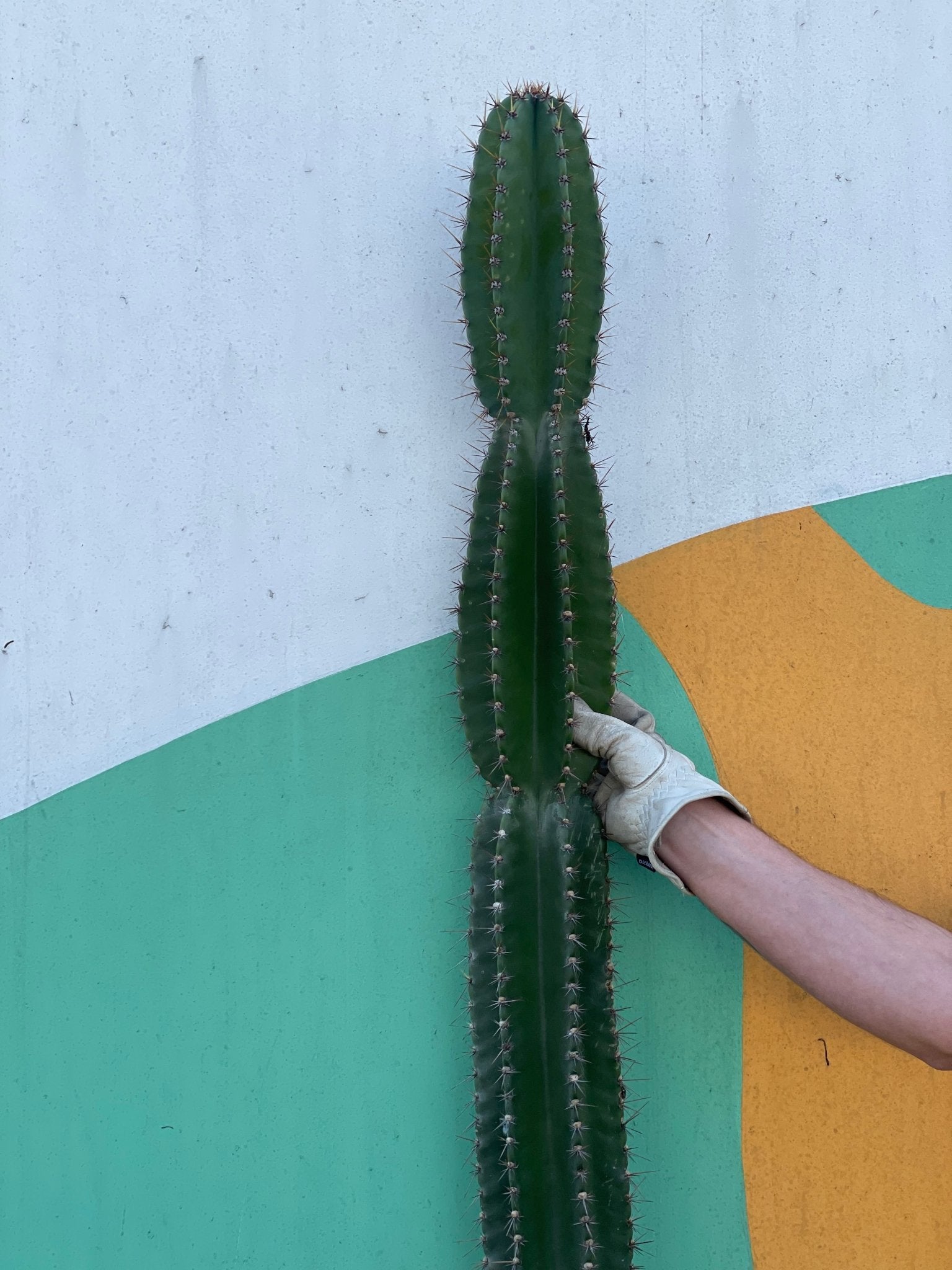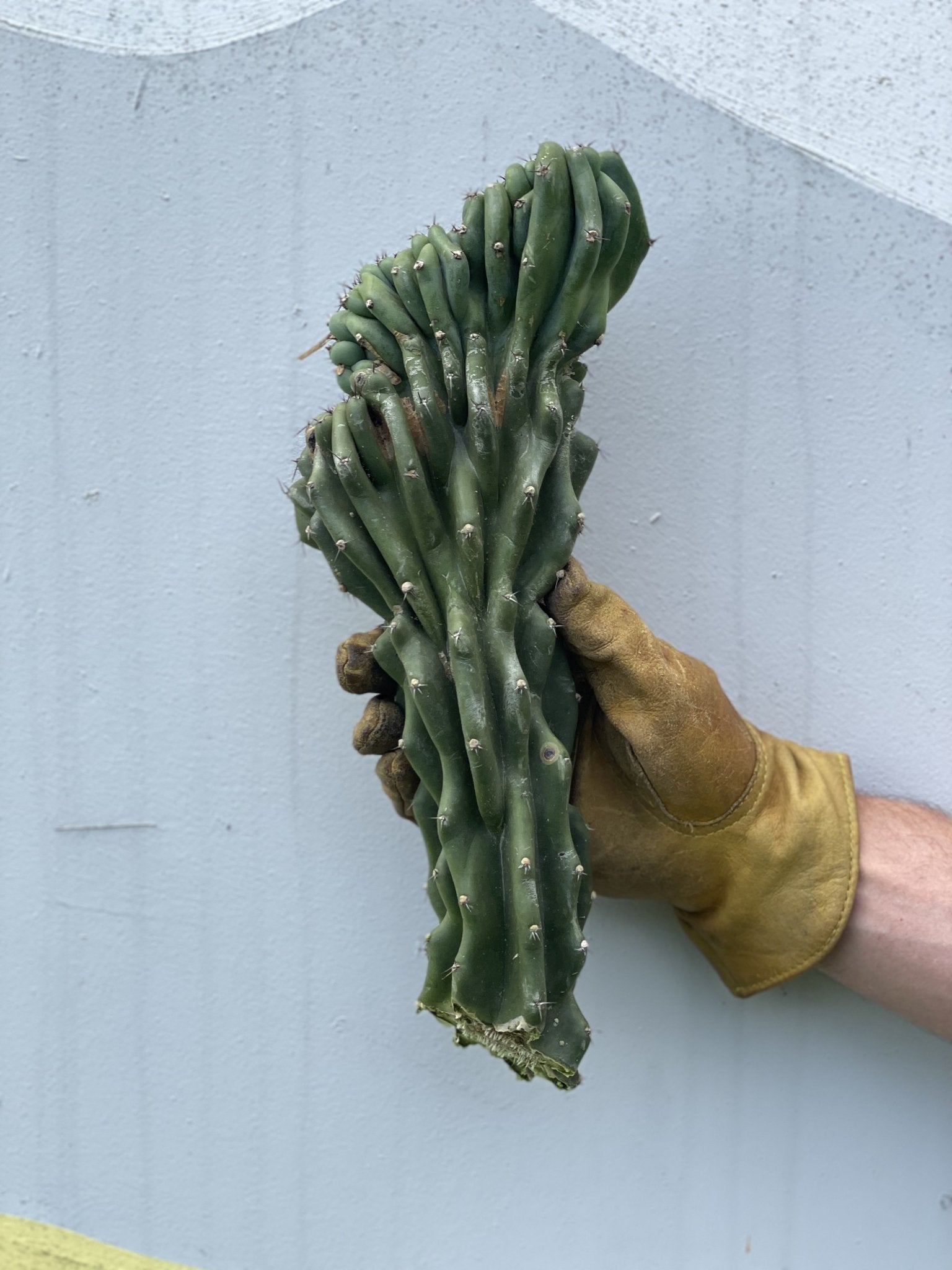What can be easier to grow than a plant that doesn’t need a pot and one that you only have to mist once in a while? Welcome to the world of air plants!
These species belong to the genus Tillandsia. Air plants are perennials that live in a diverse range of environments, from wetlands to mountains to rainforests. They don’t anchor themselves in the soil. Instead, they attach themselves to another object or plant. However, it isn’t a parasitic relationship. The plants get their nutrients from the air instead of the earth.
One of the most familiar examples is Spanish moss (Tillandsia usneoides), which grows on trees in the southeastern United States. Most of the air plants you’ll see are epiphytes, which describe this life form as existing without soil.
Basic Care
The challenge for air plants is getting moisture and nutrients. You’ll find that many of these species have small leaves and a lot of them. That increases the amount of surface area that can serve this function. They also minimize moisture loss by opening the stomata on their leaves at night. Caring for these plants is relatively easy. However, knowing the species' native habitat will help give you an edge.
For example, rainforest plants will fare best if you mist them at least once a week to replicate the conditions in which they live in the wild. Average household temperatures are acceptable. If your home is especially dry, you should soak your air plants in water for a few hours once a month.
You may see flowers on these plants. However, they typically devote most of their resources to their foliage, which helps to ensure their survival. Air plants do best in indirect bright light. That will help them avoid unnecessary moisture loss.
The growth pattern depends on the species. You may need to trim your air plants occasionally. You can also remove dried or brown leaves that may develop as new growth appears. The same advice applies to the plant’s roots. Remember that their sole purpose is attachment.
Displaying Air Plants
Frames, walls, and shelves can stand in for the trees and rocks that air plants would use in the wild as a home base. Bear in mind that misting is part of their care when deciding on a location. You can create attractive displays with these plants in terrariums or on pieces of driftwood. Their roots will attach themselves to a textured surface.
Types of Air Plants
You’ll find a broad spectrum of plant forms and shapes, from the grass-like Tillandsia juncea to the succulent-like Tillandsia ionantha rubra. Just be sure to get plants with similar needs if you plan on grouping them together. Other excellent choices include:
- Tillandsia novakii
- Tillandsia Fasciculata
- Spanish moss
- Tillandsia xerographica
Final Thoughts
Air plants are ideal for bringing a bit of Nature into your home. They're so easy to care for, making them an excellent option for those new to growing plants indoors. It couldn't be easier with these unique and lovely species.












Leave a comment